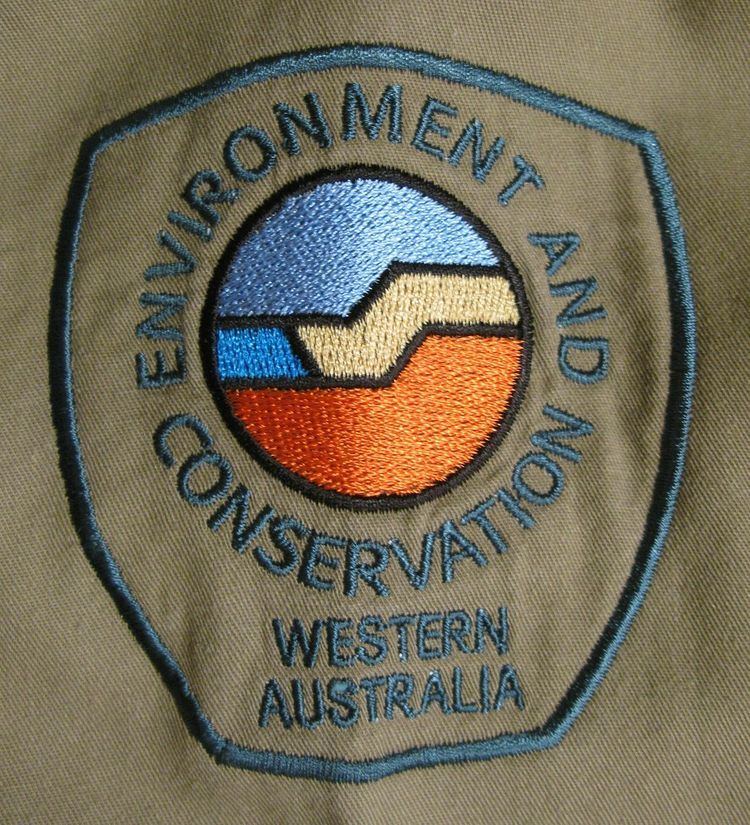Formed 1 July 2006 | Dissolved 30 June 2013 | |
 | ||
Preceding agencies Department of Conservation and Land Management (CALM)Department of Environment (DoE) Superseding agency Department of Parks and Wildlife (DPaW) and Department of Environment Regulation (DER) Agency executives Mr Keiran McNamara †, Director GeneralMr Jim Sharp, Acting Director General | ||
The Department of Environment and Conservation (DEC) was a department of the Government of Western Australia that was responsible for implementing the state's conservation and environment legislation and regulations. It was formed on 1 July 2006 by the amalgamation of the Department of Environment (DoE) and the Department of Conservation and Land Management (CALM).
Contents
The DEC was separated on 30 June 2013 forming the Department of Parks and Wildlife (DPaW) and the Department of Environment Regulation (DER) which both commenced operations on 1 July 2013.
DPaW focuses on nature conservation and the community’s enjoyment and appreciation of Western Australia’s world-class network of national and marine parks.
DER focuses on environmental regulation, approvals and appeals processes, and pollution prevention.
Status (At 30 June 2013)
The department was managing more than 285,000 km², including more than nine per cent of WA's land area: its national parks, marine parks, conservation parks, regional parks, State forests and timber reserves, nature reserves, roadside reserves and marine nature reserves. It provided visitor and recreation facilities at a sustainable level for many of these.
It also supported or worked closely with the following authorities:
The total reportable visitation to DEC-managed lands and waters during the 2012-13 financial year was 16.02 million with visitor satisfaction levels of 88%.
4,717 people were registered volunteers with the Department in 2012-13 that helped in a range of projects across the State with 564,350 hours contributed.
The Department of Environment and Conservation (DEC) was responsible from 2007 to 2013 for protecting and conserving the State of Western Australia’s environment, this includes managing:
At 30 June 2013, the total area under Department of Environment and Conservation’s care was 28,531,987 ha.
The department’s key responsibilities also included roles in managing, regulating and assessing aspects of the use of the State’s natural resources and biodiversity, including the regulation of native vegetation clearing and pollution control. The department initiated 14 environmental prosecutions during 2012–13 , involving a broad range of charges including pollution, unauthorised clearing of native vegetation and illegal dumping. At 30 June 2013, eight environmental prosecutions remained before the courts. There were an additional 18 pending cases that, subject to the evidentiary standard being met, could result in prosecution or other sanction.
There are a number of internationally recognised biodiversity hotspots within Western Australia and in particular in the South West of the State.
DEC was also responsible for the wildlife conservation project Western Shield.
The Department was also in charge of wildfire prevention and suppression on its land as well as fire prevention in Unallocated Crown Lands.
The indicative burn target for 2012–13 in the south-west forest regions was 200,000 hectares. In 2012–13, DEC achieved 23,468 hectares in the south-west forest regions, including about 6,410 hectares that were burnt for pine plantation protection.
The combination of unsuitable weather conditions, fuels remaining dry due to summer conditions extending into autumn, and enhanced requirements in prescribed burn planning and risk management as a result of the 2011 Margaret River bushfire contributed to a significant reduction of the area able to be prescribed burnt this year.
The average area of burning achieved over the past 10 years has been about 163,019 hectares per annum.
A further 6,023,884 hectares was burnt in the Kimberley, Pilbara, Goldfields, Midwest, Wheatbelt and South Coast regions. The burns were carried out on DEC-managed lands as well as on unallocated Crown lands and unmanaged reserves within these regions.
DEC staff attended and monitored 676 bushfires throughout the state in 2012–13, which burnt about 5,477,394 hectares. The causes of these fires were:
Some of the most severe bushfires the Department had to suppress, in chronological order, have included:
Preceding agencies
National Parks (and the earlier forms) in Western Australia were under:
Uniforms and equipment
The Department of Environment and Conservation had 3 types of uniforms:
Vehicles
The Department maintained and coordinated a range of specialist equipment and emergency response vehicles. This included pumpers, water bombers and tankers and other equipment relating to operations involving search and rescue and firefighting.
